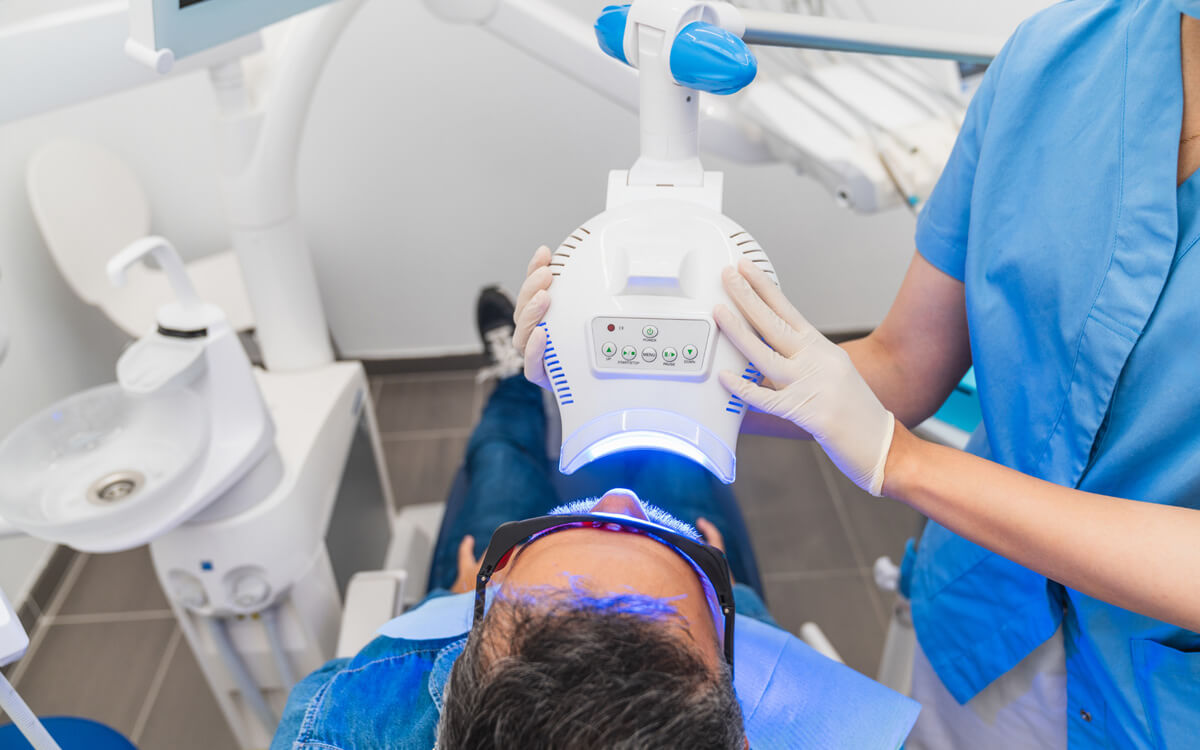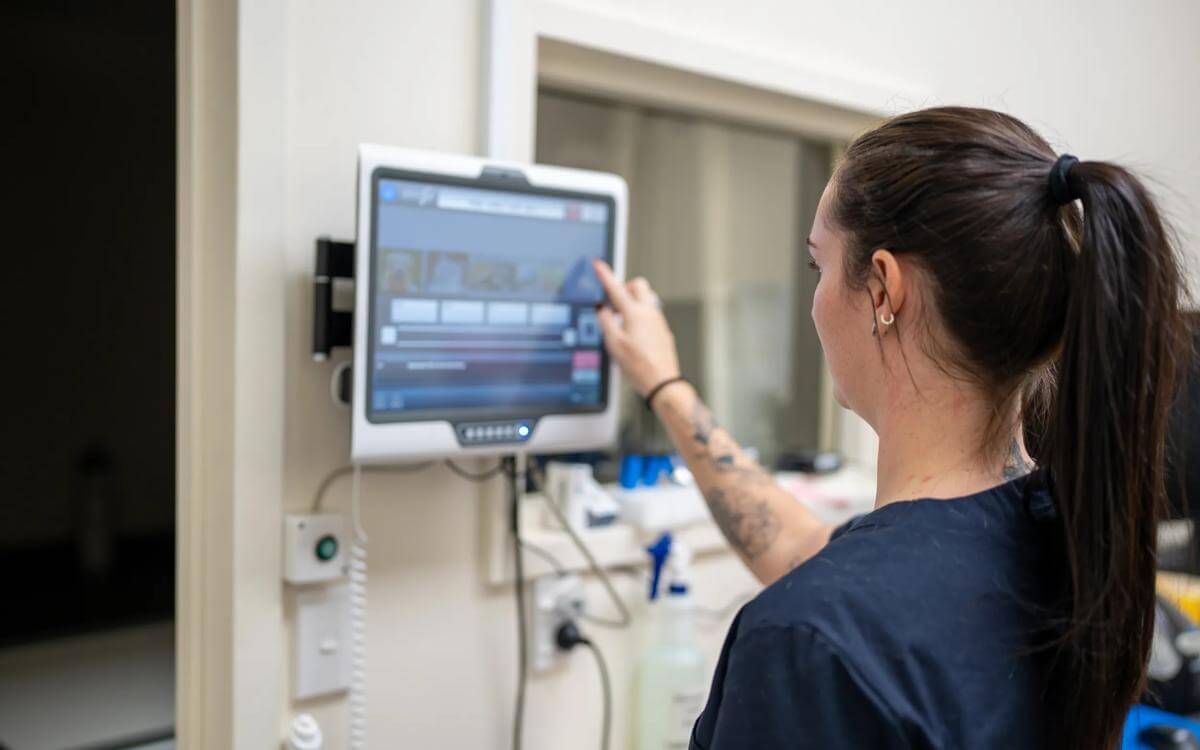The National Audit Office (NAO) recently published its report on the costs of clinical negligence. The report highlights NHS Resolution's decade-long efforts to reduce costs through faster claim resolution, but finds that a small number of high-value maternity claims continue to drive overall expenditure.
NHS Resolution's efforts to reduce clinical negligence costs
The report acknowledges that over the last 10 years, NHS Resolution have worked hard to reduce the financial and emotional cost of clinical negligence by resolving claims faster and without litigation wherever possible.
Although these efforts have been well received by the legal sector, claimant legal costs continue to rise with legal costs for low value claims (£25,000 or less) greatly exceeding the level of damages.
High-value maternity claims driving overall costs
The report recognises that increases in overall costs are primarily due to a small number of very high value claims. In 2024-25, damages for very-high-value claims accounted for 68% of total costs, but these claims represented only 2% of all claims by volume.
Typically, these claims arise out of maternity care. Obstetrics cases involving cerebral palsy or brain damage (£599 million) and paediatrics (£137 million) saw the largest increase in annual settled costs in real terms.
Rising claims in mental health and radiology specialisms
Claims volumes are increasing in certain medical specialisms with mental health (+73%) and radiology (+30%) reporting the largest percentage increases, whilst there were substantial reductions in claims numbers for orthopaedic surgery (-33%) and general surgery (-31%).
How England's clinical negligence costs compare internationally
In England, the annual cost per capita for clinical negligence (£62.20) and annual number of claims per million people (227.5) appear high when compared with those of other countries operating similar legal systems. Nevertheless, the NAO stress that direct comparisons are difficult.
England provides universal healthcare, and its centralised claims management approach provides a more comprehensive picture of clinical negligence claims. Costs in England also reflect the full cost to government of compensation and legal costs.
By contrast many other countries cap compensation, particularly for loss of earnings, or provide equivalent services through state-funded support.
Understanding how claimants use damages and public services
There is no estimate of the extent to which clinical negligence claimants go on to use publicly funded health or social care services for their conditions, and little is known about how damages are used by claimants.
Conclusion
The NAO conclude that by far the most important issue is reducing the incidence of clinical negligence and the harm caused to patients.
If you have further questions, please get in touch with our specialist clinical negligence team to learn more.























![Contractual liability for all inclusive treatment: Bartolomucci v Circle Health Group Limited [2025]](/getattachment/95f9533b-f99c-4fcc-b8d5-3f93904b8242/shutterstock_1265400856.jpg?variant=HeroImageTabletVariantDefinition)



















